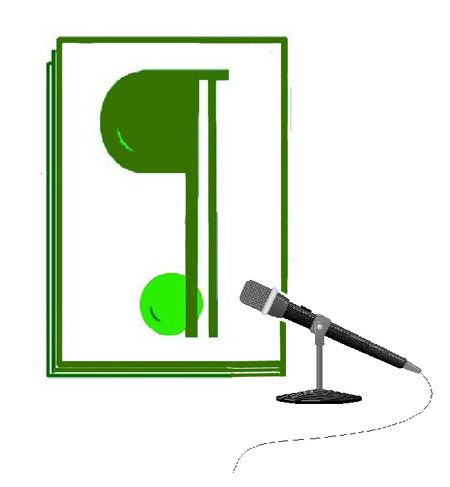When sending out letters, flyers, postcards, or email to solicit new work, be absolutely certain you have proofread every word, every letter, every punctuation mark. Check over your formatting to ensure that spacing and paragraphs are as they should be.
Put your copy aside for a few hours or a day, then proofread anew. The brain has a way of remembering what you think you wrote or meant to write, and proofreading soon after creation is not always the best way to ensure quality. You might read everything a second or third time and not even notice a skipped word, a homophone (there instead of their, etc.) or a missed period at the end of a sentence. Putting some time between the initial creation of the printed material and the proofreading will help clear your mind from seeing what was intended as opposed to seeing what is actually there.
A second or third pass after some time has elapsed will also give you a chance to better hear how your words actually come across. Perhaps a little rewording would make your intentions more clear. These things are difficult to perceive when everything is fresh and you are still focused on your intentions.
A checklist for that final proofreading:
- Spelling. Run your word processor’s spellchecker. Do not assume your spellchecker knows best. Think about its offerings.
- Capitalization. Does every sentence begin with a capital letter? Proper nouns, brand names, titles with names (President Smith, etc.) require a capital letter.
- Punctuation. Does every sentence end with appropriate punctuation? A period, comma, question mark, etc., must terminate every sentence.
- Homophones – words that sound alike but are spelled differently. Are your words the ones you need? Examples: to/too/two, right/write, here/hear.
- Compound words – two words that are combined to form one word. Examples: anyway, someone, overflow, carsick. Should you be combining or separating words that somehow go together?
- Contractions. Avoid contractions such as it's, you'll, and don't. Contractions are more appropriate in informal writing.
- Spacing. Check the spaces between words, between sentences, and between lines.
- Contact information. Test all hyperlinks. Be sure they are current, free of error, and work as expected.
Once you are 100% certain that every detail is correct, ask someone else to look it over for you. That second pair of eyes will spot things you missed.
Demonstrate your proofreading skills. Make a good impression.

No comments:
Post a Comment